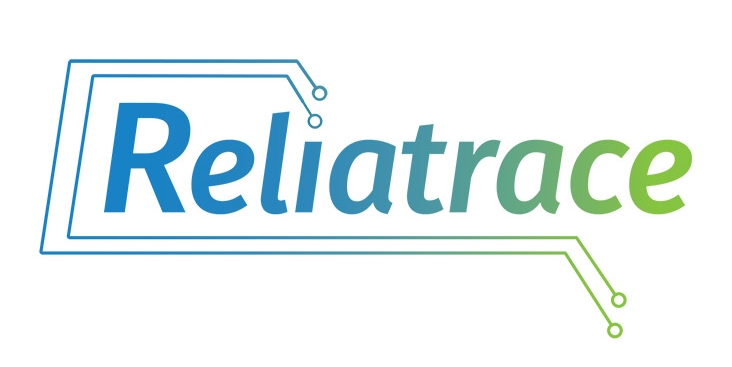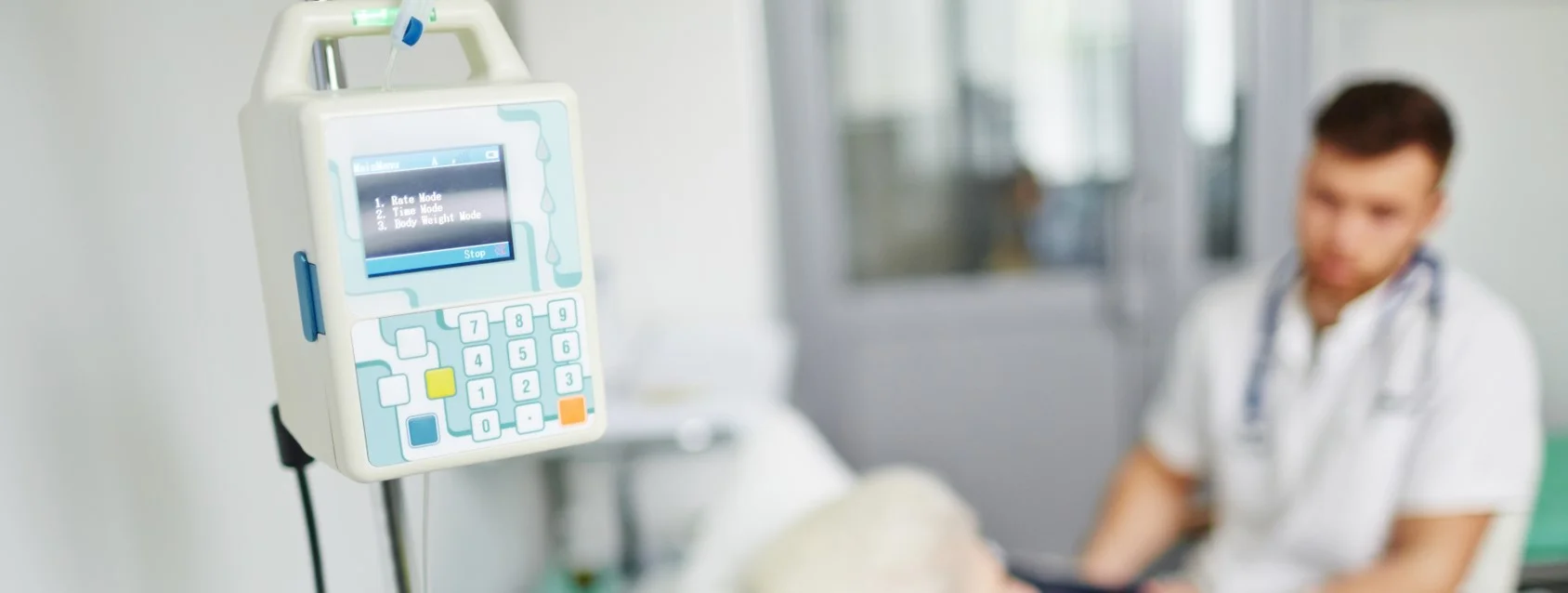Does my Med Device Need to be RoHS-Compliant in the US?
Sometimes referred to simply as the “lead-free directive,” the Restriction of Hazardous Substances Directive (RoHS) can actually be a very complicated topic for engineers of medical devices — and many other high-performance applications in the US — to understand. First adopted by the European Union in early 2003, “RoHS 1” (i.e., Directive 2002/95/EC) has evolved over the years and now currently applies to any electrical and electronic equipment (EEE) placed on the European market.
RoHS 1 originally restricted six hazardous substances — lead, mercury, cadmium, hexavalent chromium, polybrominated biphenyls, and polybrominated diphenyl ether — which are the same substances restricted in what is known as the “RoHS Recast” or “RoHS 2” (i.e., Directive 2011/65/EU). An amendment to the newer directive, known as “RoHS 3” (i.e., Delegated Directive (EU) 2015/863), took effect on July 22nd, 2019, extending the total list of restricted substances to 10:
For many manufacturers in the US, the most pressing question is, “Does my device need to be RoHS compliant, even if I don’t sell in Europe?”
Surprisingly, the answer may be yes.
If your device is a component (e.g., sub-assembly, spare part) that is sold to an integrator of another product sold in Europe, or if you sell to a distributor or reseller that sells products to Europe, you’ll likely need to comply with RoHS. Additionally, several US states, as well as several other countries (including China, India, Japan and Korea), now require RoHS compliance or have adopted similar measures. In the US, California’s law is the most similar to the European RoHS directive, which prohibits ‘covered electronic devices’ – defined as a video display device with a screen with a screen size of greater than four inches – from being sold if also prohibited for sale under the European RoHS regulations.
Given that California accounts for almost a quarter of the total US medical device industry's revenue alone and a number of other states are passing similar legislation, even US medical device manufacturers lacking an international presence have a strong reason to take RoHS compliance seriously.
A Brief History of RoHS and Medical Device Exemptions
As safety-critical equipment, medical devices sometimes receive exemptions from RoHS or similar legislation due to concerns regarding the reliability of suitable substitute materials. Paul Goodman of ERA Technology — the UK consultancy hired to review the RoHS directive for inclusion of medical devices — explains why substance restrictions are such a concern to the industry:
Failure of consumer products is inconvenient, but unexpected failures of medical equipment can lead to the death or injury of patients. Therefore, to develop new RoHS-compliant products, more time is needed for research, reliability testing, trials and gaining approvals from notified bodies in the EU and their equivalents in other parts of the world.
When RoHS 1 was first introduced in 2003, along with a companion recycling directive called Waste Electrical and Electronic Equipment (WEEE), medical devices were exempt. While both directives were technically in force, their compliance dates were unclear or not strictly enforced. Then, in 2007, the European Union passed an incredibly complex and sweeping regulation called REACH (EC 1907/2006, Registration, Evaluation, and Authorisation of Chemicals) – a 1,000+ page legal document with provisions that were to be phased in over the following 11 years. While RoHS restricted hazardous substances specifically used in EEE, REACH restricted hazardous chemicals used to make any product, including medical devices.
Then, in 2011, the RoHS 2 / RoHS Recast directive (2011/65/EU) came into force, which replaced RoHS 1, and no longer excluded medical devices. Extending the scope of the original directive, RoHS 2 was designed to create alignment with other EU legislation, including REACH and CE marking (i.e., a certification mark that indicates the manufacturer's product meets the requirements of the applicable EC directives). Medical devices, with the exception of in vitro devices – which received an extra two-year grace period – were legally required to comply with the new RoHS directive by July 22, 2014. Only ‘active implantable devices’ and a small subset of medical applications (e.g., equipment using or detecting ionizing radiation) were, and currently remain, exempt. For a complete list, see 2011/65/EU, Annex IV.
It is important to note that even if your application qualifies for one of these exemptions, these automatically expire in either 5 or 7 years. Additionally, renewal requests must be filed at least 18 months prior to expiration, along with ‘verifiable and referenced justification.’
RoHS 3 or (EU) 2015/863 took effect on July 22nd, 2019 and is actually an amendment to RoHS 2, which added four new restricted substances – all phthalates that are mainly used as insulation plasticizers – to the original list of six. Medical devices, once again, received a two-year exemption and do not have to comply with RoHS 3 until July 22, 2021.
But Compliance Shouldn’t Wait — Even in the US
While RoHS does have a history of providing temporary exemptions for medical devices — and US hazardous substance restrictions are not yet as robust as international laws — there are many important reasons to begin designing US medical devices for compliance now. In the conclusion of Goodman’s assessment of the RoHS directive, he explains:
Restrictions on the use of hazardous substances are constantly increasing, with RoHS being one of many pieces of legislation that will affect medical equipment manufacturers in the future… In the longer term, RoHS-type legislation will be adopted worldwide… and so it will be prudent to avoid the use of hazardous substances wherever possible, even if they are not restricted yet.
Given the average time to move a new medical device from concept to market is 3 to 7 years and RoHS doesn’t really have a “grandfather clause” (i.e., once restrictions are in place, you typically can’t continue to sell non-compliant products without modification), it can be a costly mistake to not plan for the inevitable.
Additionally, some larger manufacturers, institutional buyers and hospitals are setting even stricter environmental and safety standards. Depending on where you sit in the med device supply chain, you may find yourself facing tougher substance or material compliance compared to RoHS. Bruce Calder, a global environmental compliance consultant, warns that when distributors or channel partners find a product to be non-compliant, there are repercussions “…including loss of sales, increased documentation requirements, rapid redesign, and evaluation of alternative suppliers.”
Most importantly, being proactive about hazardous substance compliance is just good business. Making your product safer for your employees to manufacture and your end-consumers to use isn’t just an altruistic practice, it can also be a competitive advantage. Rather than waiting for chemicals to eventually be regulated, you can find suitable alternatives in advance of your competitors, preventing a potential slow down in sales when the regulation takes effect. Demonstrating that you are proactive about your end consumers’ health and safety helps build trust and can enhance your company’s reputation.
Find Suppliers That Will Be Compliance Partners
Complying with RoHS or other similar restrictions can be challenging, but your supply chain can help. Carefully picking RoHS compliant suppliers that have the knowledge, processes and materials to comply with RoHS is critical. Here are some tips for verifying supplier compliance:
Ask for a Certificate of Compliance (CoC). If a supplier has done their due diligence to ensure RoHS compliance, they should be able to produce a document stating that their processes meet the required specifications, and the materials used are under the limits of the 10 restricted substances.
Request additional proof of content. If a CoC is not available, or if you need additional documentation, your supplier should be able to produce material safety data sheets (MSDS), which will include instructions for the safe use and potential hazards associated with the materials purchased from their own suppliers. In some cases, material providers may offer only limited information in an attempt to protect a proprietary or patented “recipe,” in which case, they should be able to offer a written statement confirming their product does not include RoHS-restricted substances. At Reliatrace®, where we make custom membrane switches, we find that our ink and adhesives suppliers are most likely to offer written statements in place of an MSDS.
Test their knowledge. An RoHS compliant supplier will be well-versed in the alternative materials and substances available for their product category, and will proactively help you avoid any non-compliant processes or materials. For example, with membrane switches, there are typically no restricted substances in the conductive ink, adhesives or polyester films used, which are the the basic building blocks of the product. However, both the connector (which can contain lead or cadmium) and flame-retardant cover coats (which can contain PBB or PBDE) are potential areas of violation that require safer alternatives.
While RoHS compliance isn’t yet in force everywhere in the US, there are many reasons for US manufacturers of medical devices to begin the process of finding safer alternatives for the 10 hazardous substances restricted in this directive. Although the process of becoming compliant can be challenging, strategically planning for the inevitable regulation of these substances in the US will be a competitive advantage for the med device manufacturers who choose to be proactive.
Want to learn more about creating an RoHS compliant membrane switch?
Reliatrace® is an experienced manufacturer of custom printed electronics using RoHS compliant materials and processes. For 30 years, Reliatrace has produced the most reliable custom membrane switches in the industry, powered by our proprietary Double-Sided Polymer Circuitry (D/SPC®) technology.


